
Mastering the Art of Pruning Apple Trees
Published: 19/03/2024 | Updated: 22/03/2024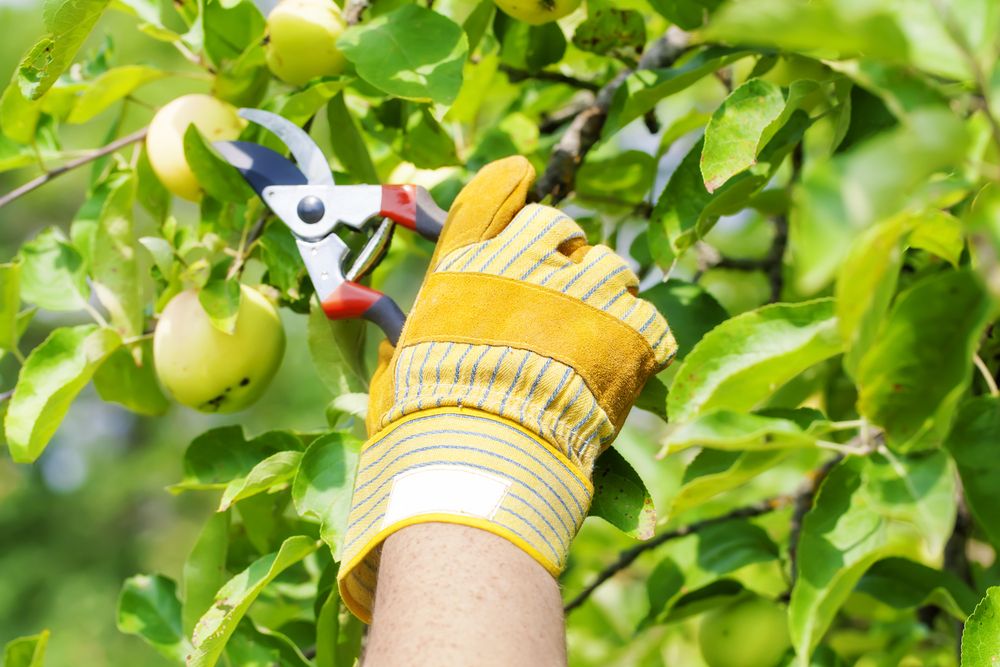
Are you an apple tree enthusiast looking to enhance your harvesting skills? Look no further! In this article, we will guide you through the process of pruning apple trees in the fall to achieve a pitch-perfect harvest. Pruning is a vital technique that not only shapes the tree but also promotes optimum growth and fruit production. Join us as we delve into the art of pruning, providing you with essential tips and techniques to master the art of pruning fruit trees and reap a bountiful harvest.


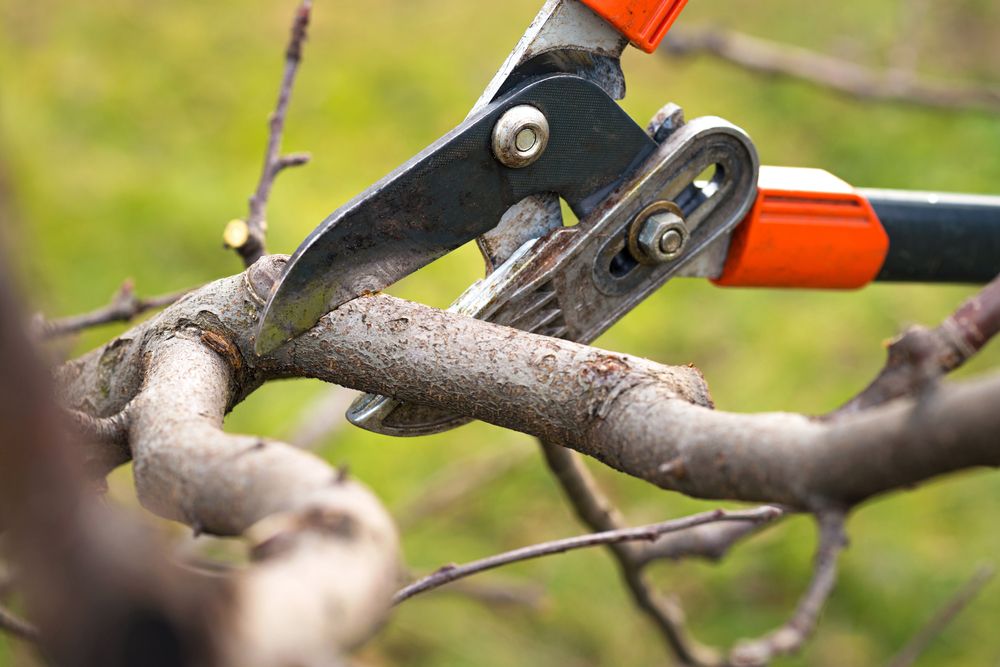
The Importance of Pruning Apple Trees
Pruning apple and pear trees is not just about shaping the tree or maintaining its aesthetics. It plays a vital role in the overall health and productivity of the tree, which directly impacts the quality and quantity of the harvest.
First and foremost, pruning helps to invigorate the tree by removing weak, diseased, or damaged branches. These dead branches can be a potential entry point for pests and diseases, compromising the tree's health. By removing them, you effectively reduce the risk of infection and promote the overall vigor of the tree.
Pruning also promotes better airflow and sunlight penetration throughout two branches of the tree. A well-ventilated canopy allows for faster drying of leaves and reduces humidity, minimizing the chances of fungal diseases like apple scab. Additionally, improved sunlight exposure stimulates photosynthesis, enhancing the tree's ability to produce sugars for fruit development.
Another essential benefit of pruning is the regulation of fruit production. By removing any excess branches that exist and thinning out the canopy of your fruit tree, you ensure that the tree allocates its resources efficiently. This helps in achieving optimal fruit size, preventing overcrowding, and facilitating better pollination.
Pruning also contributes to the longevity of the apple tree. By eliminating weak or overcrowded branches, you reduce the risk of branch breakage during heavy fruiting. This ensures that the apple tree branches and maintains a well-balanced structure, enabling it to withstand harsh weather conditions.
Pruning is a fundamental practice for apple tree care and management. It is a proactive measure to maintain mature apple trees for health, stimulate growth, regulate fruit production, and promote a bountiful harvest of high-quality apples. In the next sections, we will delve into the specific techniques and considerations for mastering the art of pruning apple trees in the fall.\
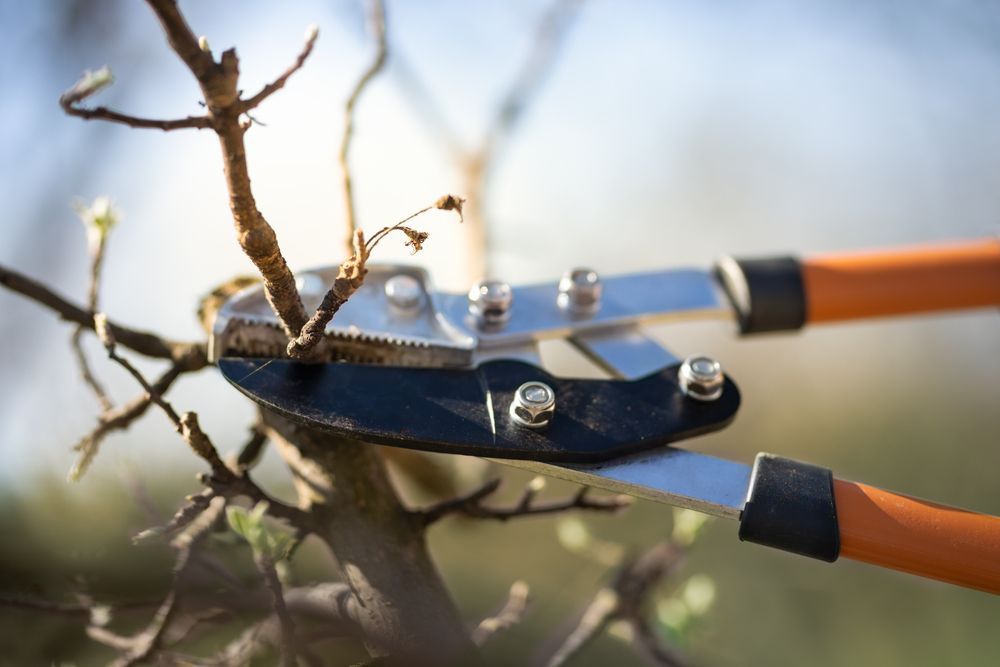
What Does Pruning Entail?
Pruning is a horticultural practice that involves very precise selective removal of certain parts of a plant, such as branches, shoots, or buds. In the case of apple trees, pruning plays a crucial role in maintaining tree health, shaping its structure, and maximizing fruit production.
The primary objectives of pruning apple trees are to improve sunlight penetration, increase airflow, and remove any dead or diseased branches. By creating an open and well-ventilated canopy for fruit trees, you can minimize the risk of fungal diseases and promote even ripening of the fruit.
Pruning also helps optimize the tree's energy distribution, directing it towards the development of strong and fruitful branches. By removing excessive branches and redirecting growth, you can ensure a balanced distribution of nutrients to young trees and encourage the formation of high-quality apples.
It is important to note that pruning is not a one-size-fits-all approach. Different apple tree varieties have different growth habits and require specific pruning techniques. Factors like tree age, overall health, and desired shape also come into play when determining the pruning method.
In the next sections, we will explore the best practices for pruning apple trees in the fall and winter pruning, allowing you to master this art and enjoy a flawless harvest.
Pruning Apple Trees: The Steps
Now that we have established the importance of pruning apple trees let's dive into the specifics of how to do it.
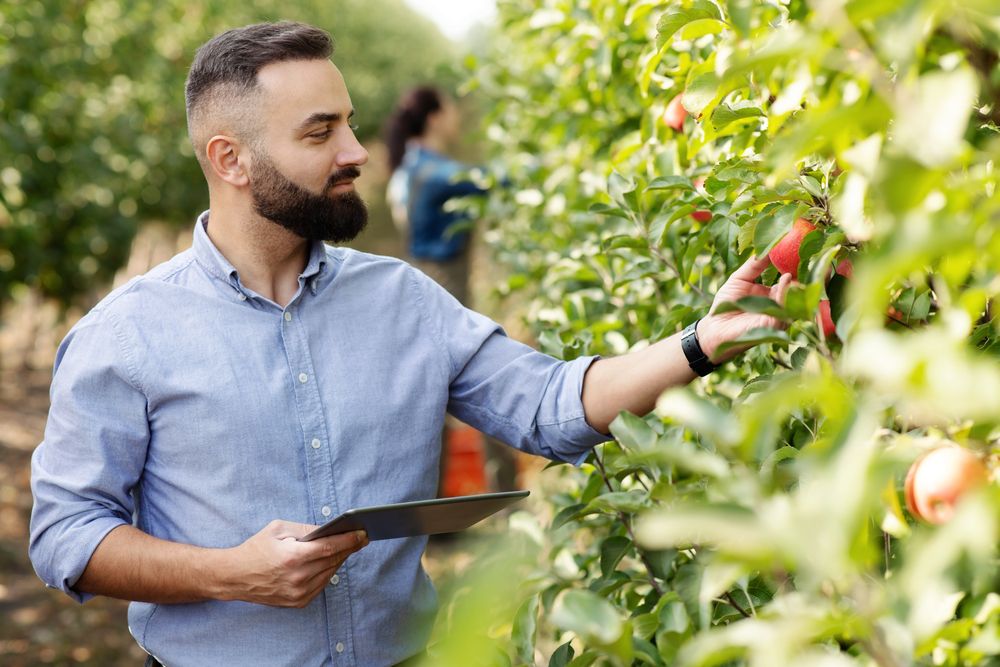
Step 1: Assess the Tree
Before you get started on pruning your apple tree, it is crucial to start with a thorough assessment of the overall health, structure, and growth habits of the tree. Take the time to carefully inspect every branch, considering factors such as the presence of dead, damaged, or diseased branches that require removal. By identifying and removing these problematic branches, you can enhance the fruit tree's overall health and promote better fruit production.
Understanding your tree's growth habits is key to determining the most appropriate pruning techniques. Apple trees typically fall into two main growth habits: central leader and open center. Determining which growth habit your tree follows will help you tailor your pruning approach accordingly.
For most apple trees, with a central leader, the objective is to maintain a dominant central trunk by reducing competing or crossing branches. On the other hand, an open-center growth habit involves shaping the tree into a more open and vase-like form, allowing ample sunlight and air circulation throughout the canopy. By recognizing your tree's growth habit, you can align your pruning techniques to maximize its potential and ensure a successful and productive apple tree.
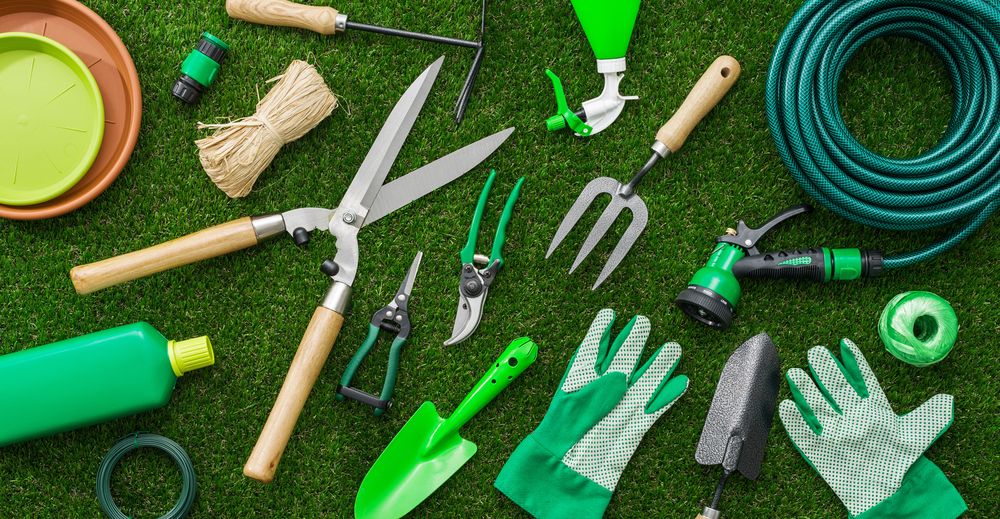
Step 2: Gather Pruning Tools
Gathering all the necessary tools before pruning an apple tree is crucial to ensure a successful, safe, and efficient process. The primary tools essential for pruning are a pair of sharp pruning shears, lopping shears (or pruning saw for thicker branches), and gloves for protection. These tools work together to tackle different branch sizes while ensuring clean and precise cuts.
However, the right tools alone aren't enough to achieve optimal results; keeping them clean and sharp at all times is equally important. For instance, dirty pruning tools can transfer harmful pathogens to the tree, increasing the risk of infections or diseases. To prevent this, it's important to clean the tools thoroughly before each pruning session.
By preparing all the necessary pruning tools, keeping them clean, and maintaining their sharpness, you can approach the pruning process with confidence, knowing you have the tools necessary to promote the tree's optimal health and productivity.
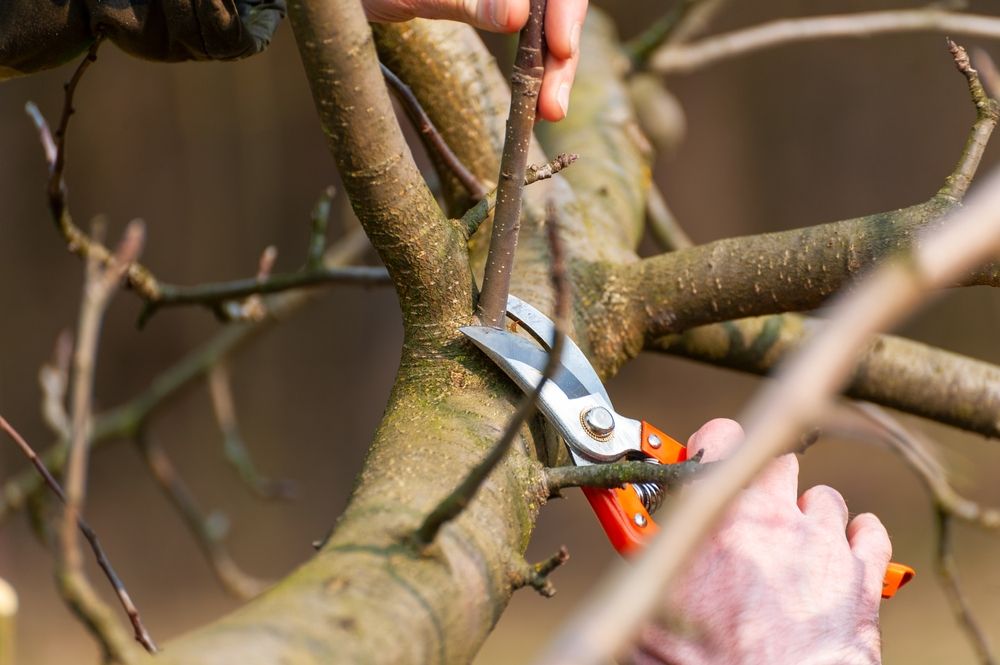
Step 3: Prune to Shape the Apple Tree
When pruning to shape the tree, focus on the removal of the three D's- dead, damaged, and diseased branches. Begin by removing any branches that are crossing, rubbing, or growing toward the center of the tree. These can lead to excessive shading and unproductive growth. Trim all the water-sprout flower buds that have emerged from the trunk or branch to promote more fruitful growth.
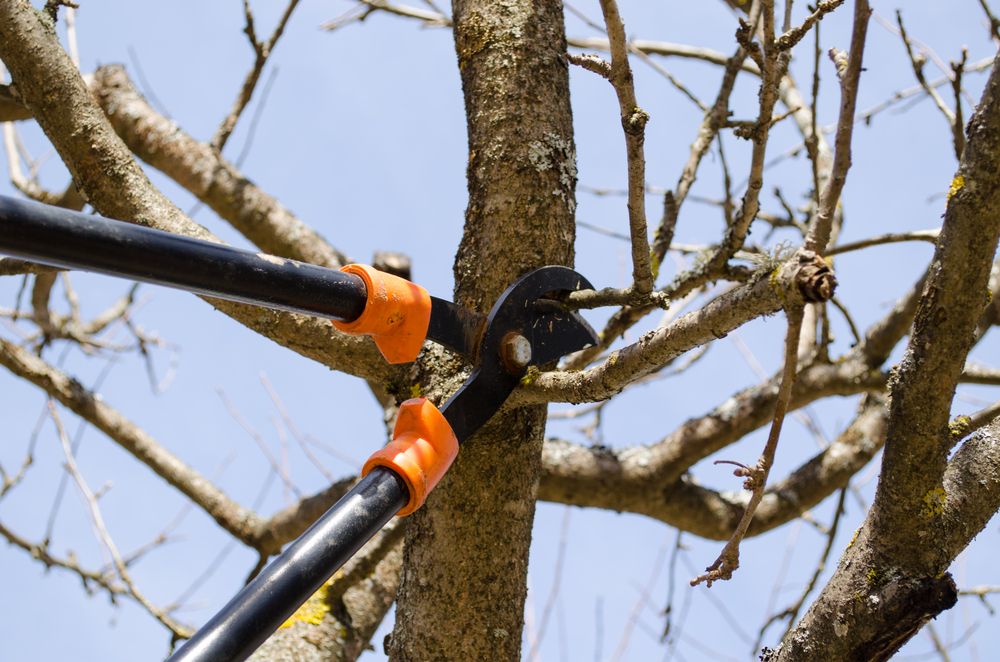
Step 4: Prune for Optimal Fruiting Spurs
When pruning for optimal fruiting, consider removing any vertical shoots originating from the trunk's base or below the first set of lateral branches. These are known as suckers and are unproductive and weaken the tree. Additionally, thin out any overcrowded branches or those growing downwards to ensure all fruiting branches have enough space and sunlight. Consider removing any branches that are older than four years, as they produce less fruit.
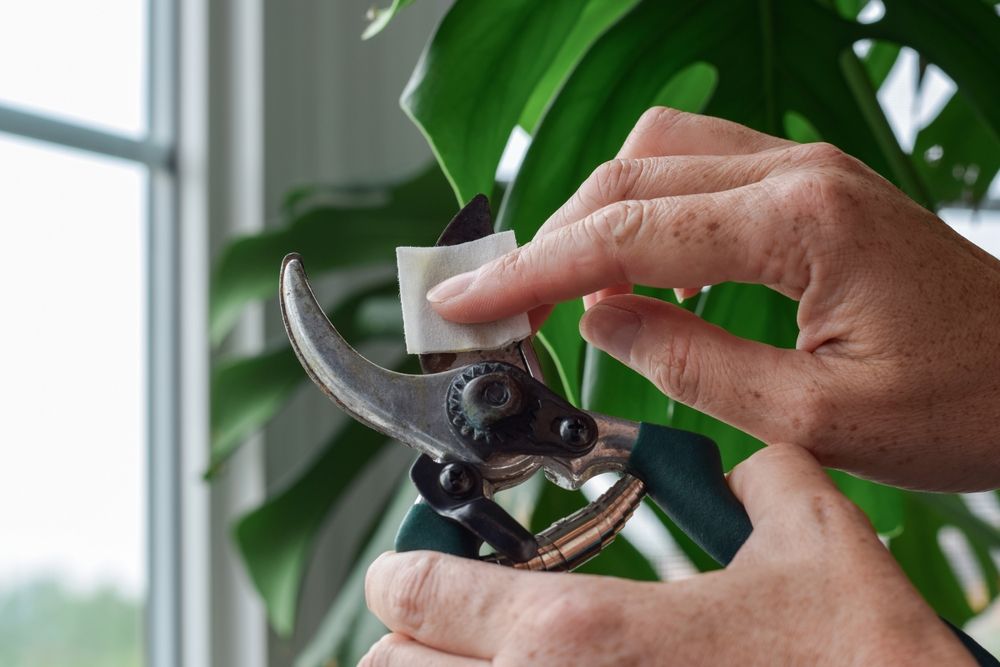
Step 5: Finish the Pruning
Once you have finished pruning, sterilize tools with alcohol to prevent the spread of diseases, and dispose of pruned materials properly. Give the tree a generous watering and fertilization in early spring to help the tree recover.

Tips & Tricks to Keep in Mind While Pruning
While pruning apple trees may seem intimidating at first, following some helpful tips and tricks can make the process easier and more effective. Here are some key considerations to keep in mind when pruning apple trees:
-
Timing is Everything: Fall is the ideal time for pruning apple trees. Wait until the tree has shed its leaves and entered dormancy. This ensures minimal sap flow and reduces the risk of disease transmission.
-
Use Proper Tools: Invest in high-quality pruning tools that are clean, sharp, and appropriate for the task. Dull or dirty tools can damage the tree and increase the risk of infection. Disinfect tools between pruning different trees to prevent the spread of diseases.
-
Follow Pruning Techniques: Different apple tree varieties require specific pruning techniques. Research and learn the appropriate method for your particular tree. Whether it's the central leader or open center technique, understanding and implementing the right method will help shape the tree correctly and maximize fruit production.
-
Manage Pruning Cuts: Make clean and precise cuts to minimize damage to the tree. Cut just above the node or bud at a slight angle to encourage new growth. Avoid leaving stubs or cutting too close to the main branch or trunk. Proper pruning cuts promote faster healing and prevent diseases from entering the tree.
-
Take It Slow: Don't rush the pruning process. Take your time to carefully evaluate each branch and make strategic cuts. Step back periodically to assess the tree's shape and ensure balance and symmetry.
-
Consider Branch Spacing: Maintain an appropriate spacing between branches to allow sunlight to penetrate the canopy evenly. This will promote even ripening of the fruit. Thinning out excess branches will prevent them from competing for resources and encourage larger, healthier apples.
-
Regular Maintenance: Pruning apple trees is an ongoing process. It is recommended to prune your apple trees annually to maintain their health, shape, and productivity. Regular maintenance will keep the trees in optimal condition for years to come.
By incorporating these tips and tricks into your pruning routine, you can master the art of pruning apple trees in the fall. With each pruning session, you'll become more confident and achieve a pitch-perfect harvest that will make all your efforts worthwhile.
Get to Pruning Your Apple Tree!
Mastering the art of pruning apple trees in the fall is a valuable skill for any apple tree grower. By understanding the importance of pruning and following the proper, summer pruning techniques, you can ensure the health, productivity, and longevity of your apple trees while reaping the rewards of a pitch-perfect harvest.
Remember, pruning is not just about shaping the tree but also about promoting airflow, sunlight penetration, and managing fruit production. By removing deadwood, damaged branches, and unproductive water sprouts, you create a strong and balanced structure that supports vigorous growth and robust fruiting and minimizes the risk of disease.
As you embark on your apple tree pruning journey, keep in mind the recommended timing, use of proper tools, adherence to appropriate techniques, and thoughtful management of pruning cuts. Continual maintenance and regular pruning sessions will help you maintain your apple trees' health and shape over time, ensuring consistent and bountiful harvests for years to come.
So, grab your pruning tools, put your knowledge into action, and enjoy the satisfaction of a well-pruned apple tree orchard. With patience, practice, and a bit of artistry, you can become a master of pruning and create an ideal environment for your apple trees to thrive and produce that pitch-perfect harvest. Happy pruning!


